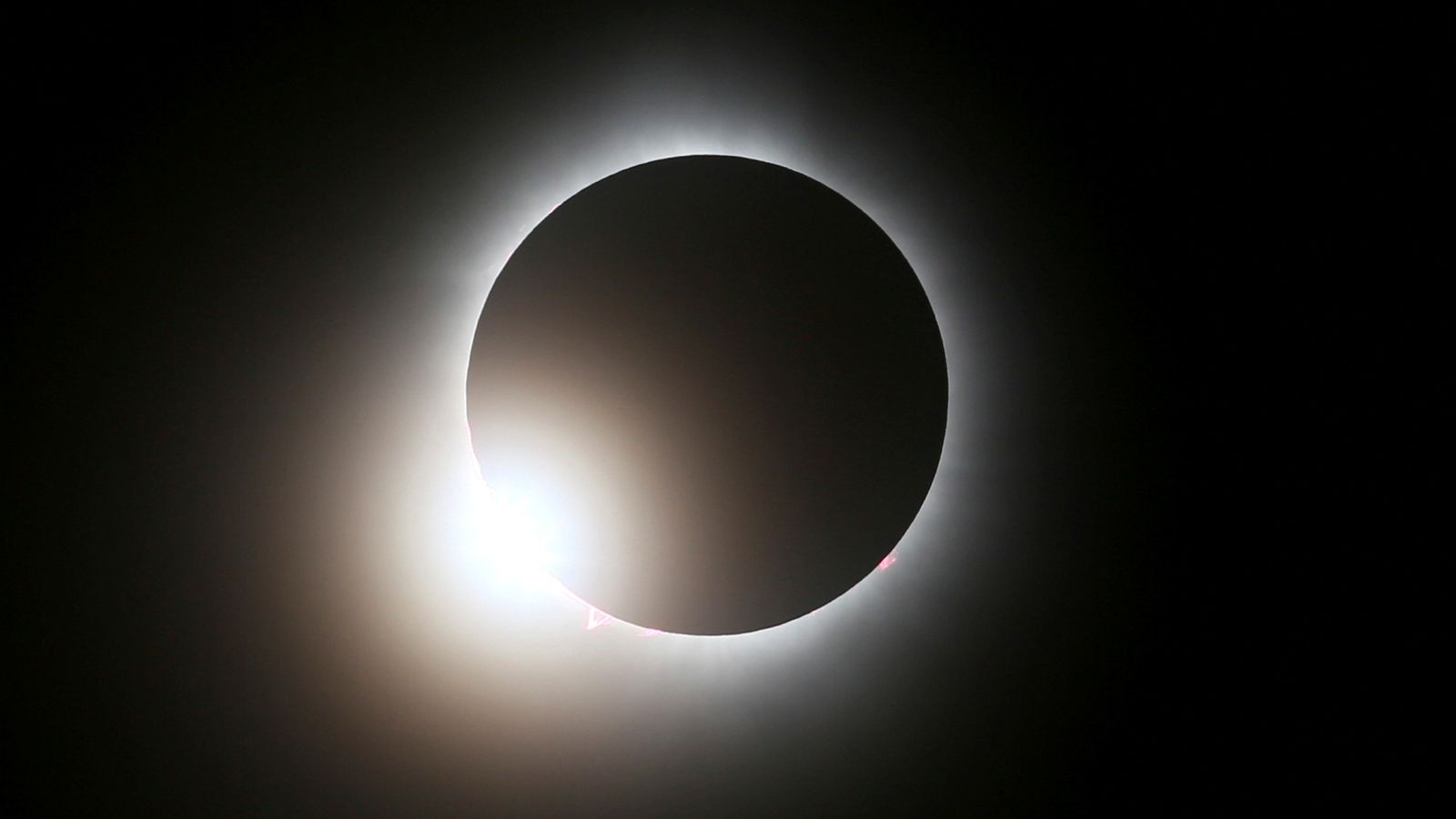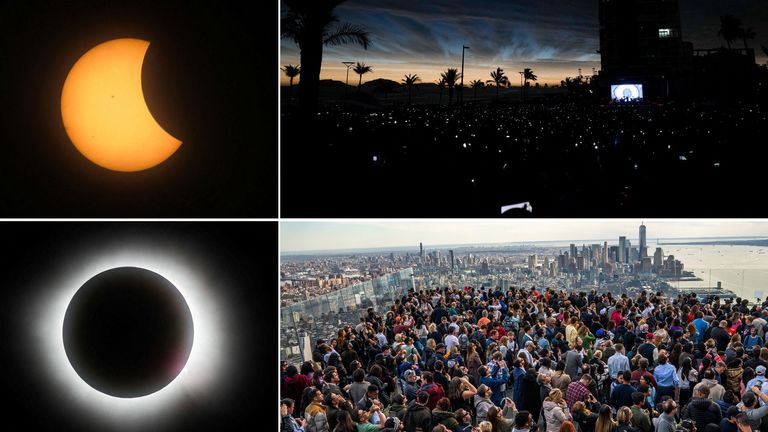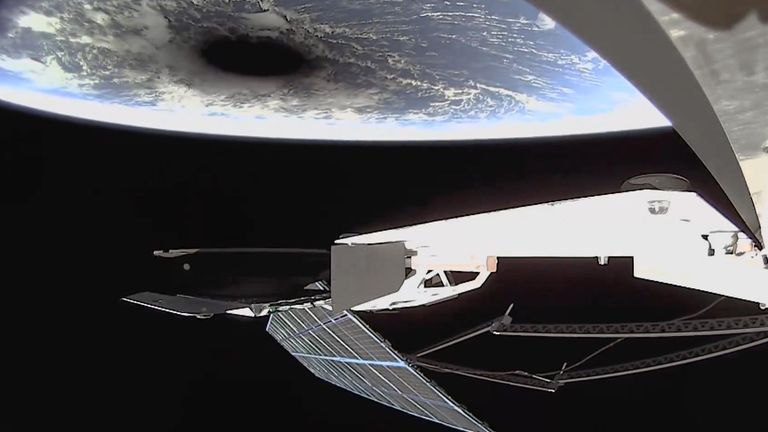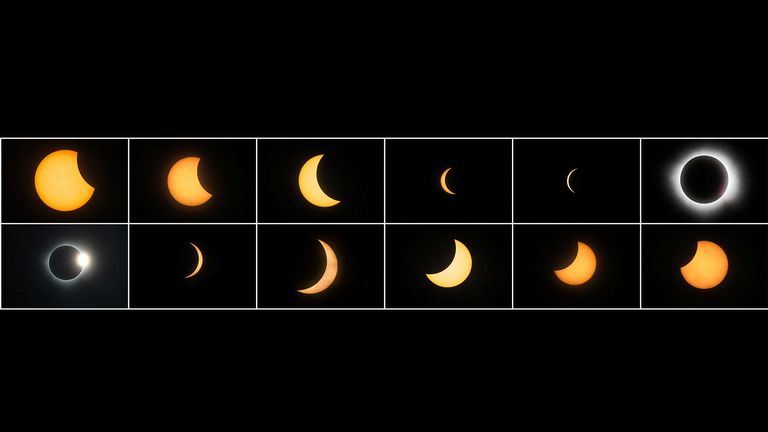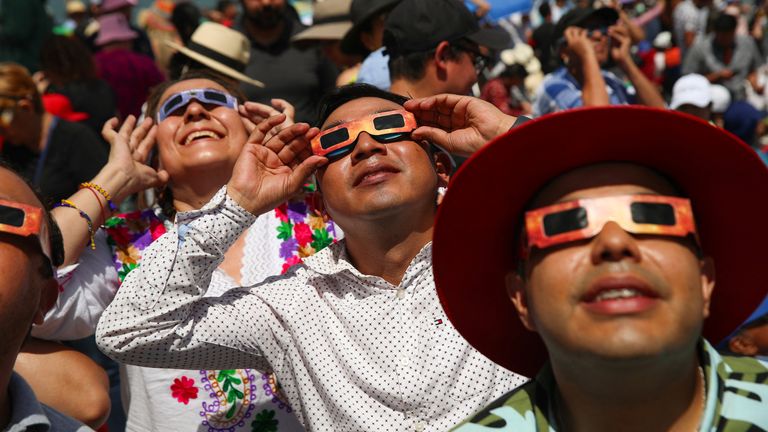Millions of people were mesmerised by a total solar eclipse in Mexico, the US and Canada on Monday which briefly plunged large parts into darkness.
So, where you can see the next one?
You will be able to witness the rare phenomenon in Spain and Portugal on 12 August 2026. It will also be visible in Greenland, Iceland, and Russia.
This will be Europe’s first total eclipse for 27 years.
One year later, on 2 August 2027, another total solar eclipse will be visible in Spain and across North Africa.
If you’re in southern Africa, on a ship in the Indian Ocean or in parts of Australia on 25 November 2030, you’ll get a total eclipse.
Large parts of the US and South America will technically get another one on the 14 November 2031 but it will be after dark.
If you’re in Alaska or Russia you can see the next one on 30 March 2033 but it will be the last chance to see one for a while. Technically, the next one is after dark again on the night of 1 September 2035 and passing over Asia.
Read more:
At Vermont lake: A breathtaking and unifying experience
The best pictures and videos of the big moment
Tears and goosebumps at Indianapolis Speedway
The next visible total eclipse will come on 23 August 2044 and pass over some of the US, including Montana, North Dakota, South Dakota, as well as parts of Canada and Greenland.
Finally, on 12 August 2045, a total solar eclipse will cut a similar path to this year, making its way across the US and South America.
There’ll be plenty of annular and lunar eclipses in between these dates.
An annular eclipse happens when the moon is near its furthest point from Earth which makes it look smaller, according to NASA.
As a result, it doesn’t totally block the sun but instead, the sun appears like a ring of light over the moon’s shadow.
A lunar eclipse can turn the moon a deep red. It only happens when there is a new moon.
When the Earth is directly between the sun and the moon, its shadow falls on the moon’s surface and dims it.
Over the course of a few hours, it can turn the moon red.

